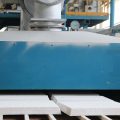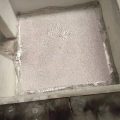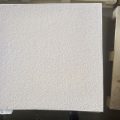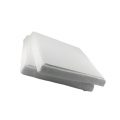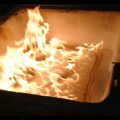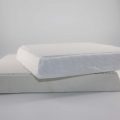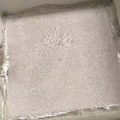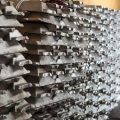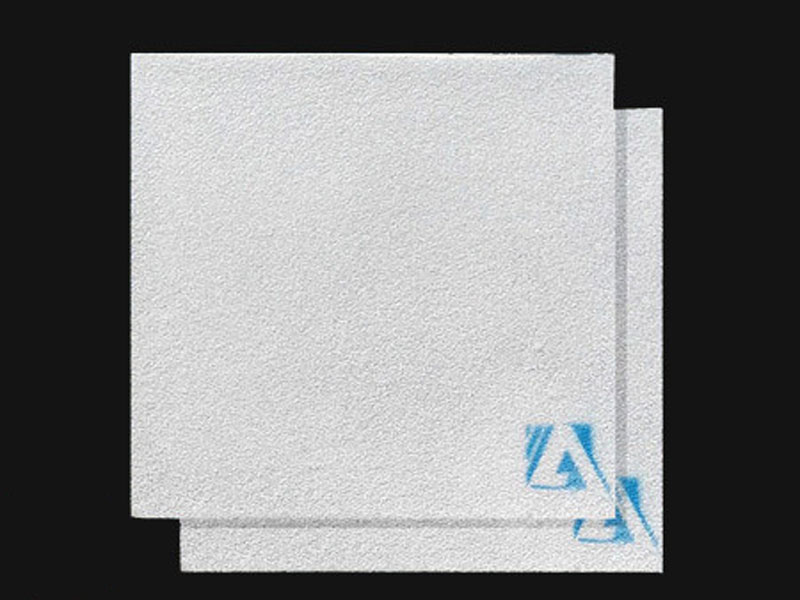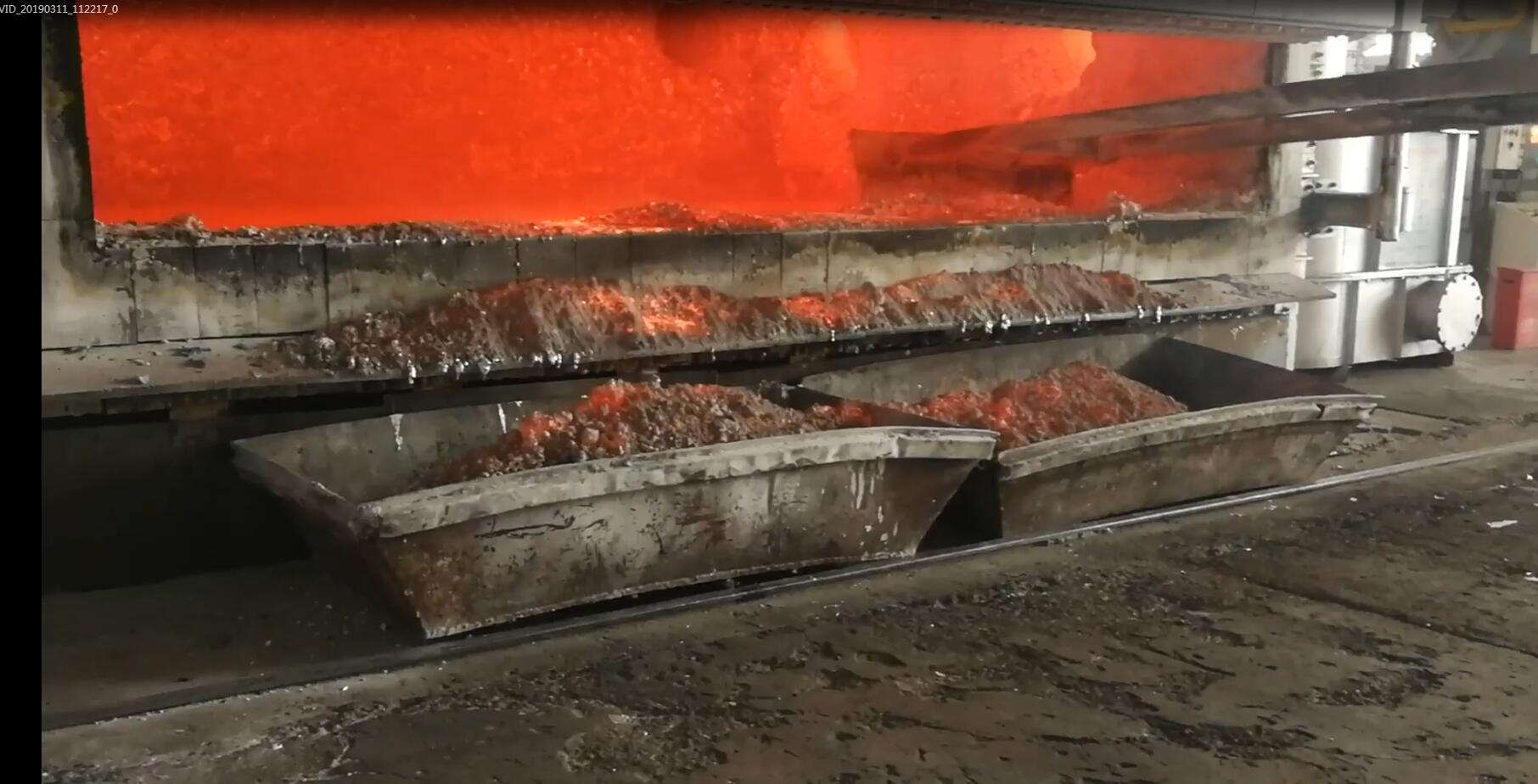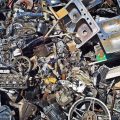Aluminium Scrap is a common name for recycled aluminum. Ceramic Foam Filter, Degassing Unit, Filter Box, Degassing Flux, etc. will be used in the recycling process.
If you need the equipment required for the Aluminium Scrap recycling process, please contact sales@adtechamm.com
After pretreatment, part of the recycled aluminum will be cold processed to turn it into powdered aluminum, and the other part will be recycled using methods such as heavy-medium beneficiation and parabolic beneficiation.
Primary classification and grading stacking of Aluminium Scrap, such as pure aluminum, wrought aluminum alloy, cast aluminum alloy, mixed materials, etc.
Imports of aluminum scrap account for more than one-tenth of China’s total imports.
Its raw material processing is highly computerized, and all incoming raw materials are stored in partitions, and the inventory is filed and managed based on quantity, chemical composition, recovery rate and cost.
With these data, the smelting process can calculate the most economical formula for the production of alloy ingots and ensure product quality.
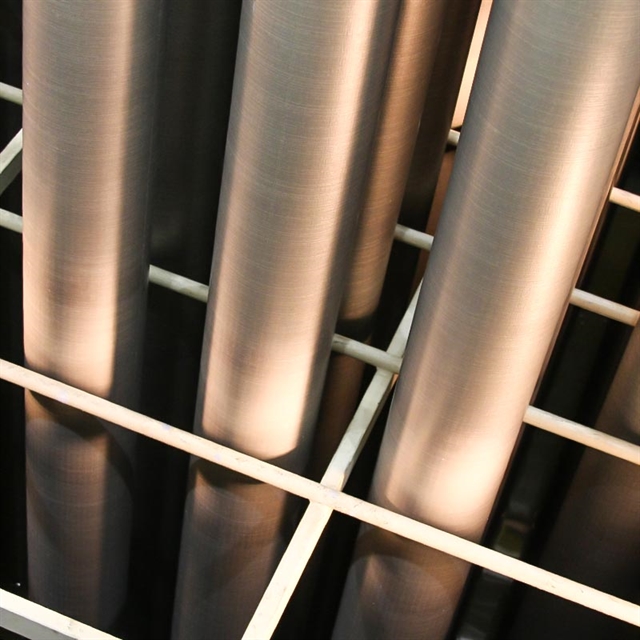
For waste aluminum products, it must be disassembled to remove the steel and other non-ferrous metal parts connected to the aluminum material, and then be washed, crushed, magnetic separation, drying and other processes to make the waste aluminum material.
For the thin and loose piece-shaped waste aluminum parts, such as the locking arm of the car, the speed gear bushing and the aluminum shavings, the hydraulic metal baler should be used to pack it.
For the steel core aluminum stranded wire, the steel core should be separated first, and then the aluminum wire should be wound into a coil.
Iron impurities are very harmful to the smelting of scrap aluminum. Too much iron will form brittle metal crystals in the aluminum, thereby reducing its mechanical properties and weakening its corrosion resistance.
The iron content should generally be controlled below 1.2%.
For scrap aluminum with an iron content of more than 1.5%, it can be used as a deoxidizer in the iron and steel industry. Commercial aluminum alloys rarely use scrap aluminum with high iron content for smelting.
There is no very successful method in the aluminum industry that can satisfactorily remove excess iron from scrap aluminum, especially iron in the form of stainless steel.
Scrap aluminum often contains organic and non-metallic impurities such as paint, oil, plastic, and rubber.
Before returning to the furnace for smelting, it must be removed.
For wire-type scrap aluminum, the foreskin can generally be removed by mechanical grinding, shear peeling, heating peeling, and chemical peeling.
Many domestic enterprises use high-temperature ablation to remove insulators. A large amount of harmful gases will be generated during the ablation process, which will seriously pollute the air.
For example, a combination of low-temperature baking and mechanical peeling is used. The insulator is first softened by thermal energy and the mechanical strength is reduced, and then peeled off by mechanical rubbing. This can achieve the purpose of purification and at the same time recover the insulator material.
The coating, oil stains and other contaminants on the surface of waste aluminum utensils can be cleaned with organic solvents such as acetone. If it still cannot be removed, the paint stripping furnace should be used to remove the paint.
The maximum temperature of the paint stripper should not exceed 566℃. As long as the waste material stays in the furnace for a sufficient time, the general oil and coating can be removed.
For aluminum foil paper, it is difficult to effectively separate the aluminum foil layer and the paper fiber layer with ordinary waste paper pulping equipment. The effective separation method is to first heat and press the aluminum foil paper in an aqueous solution, and then quickly discharge it to a low pressure environment to reduce pressure. , And perform mechanical stirring. This separation method can not only recycle fiber pulp, but also recycle aluminum foil.

